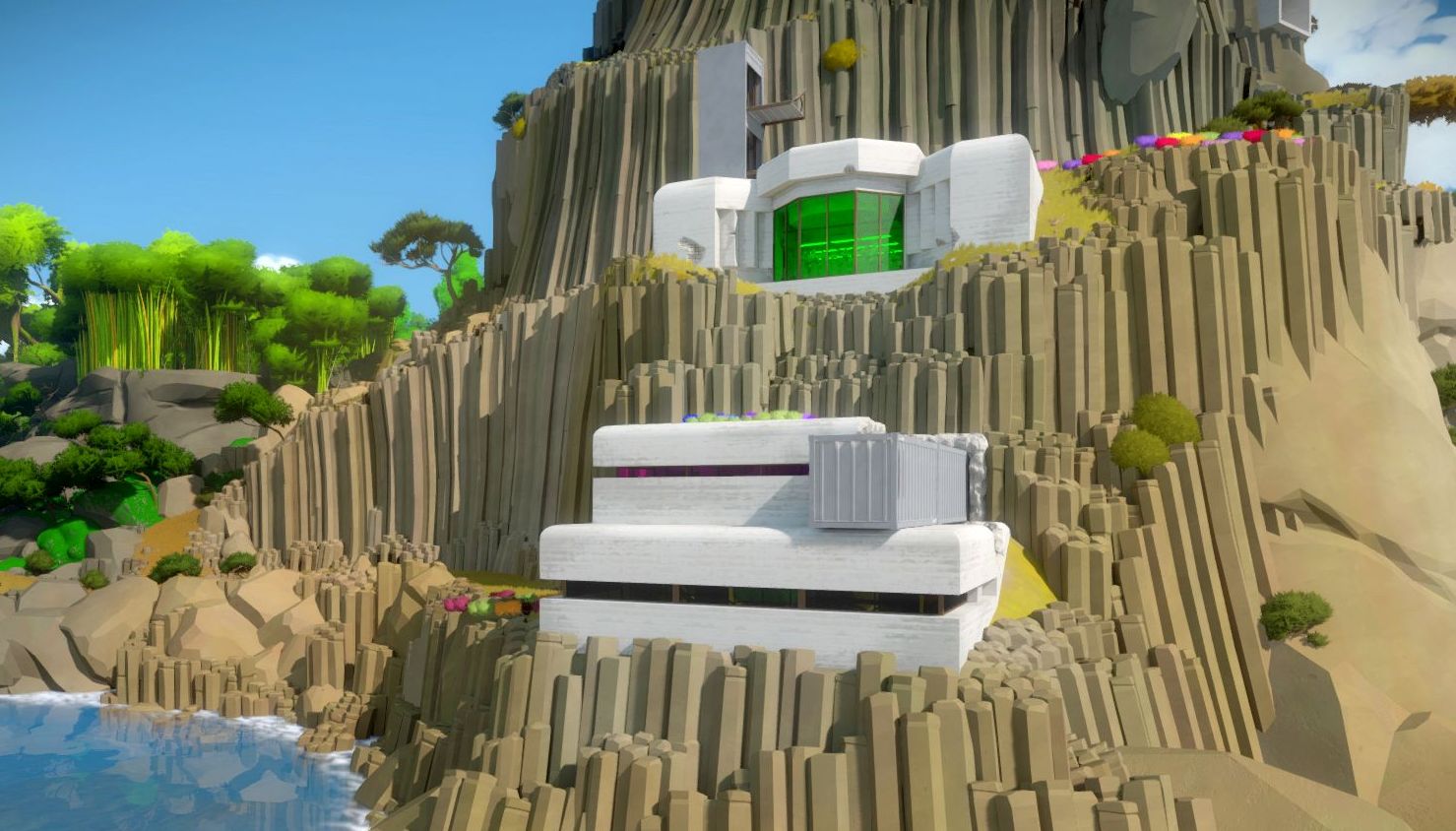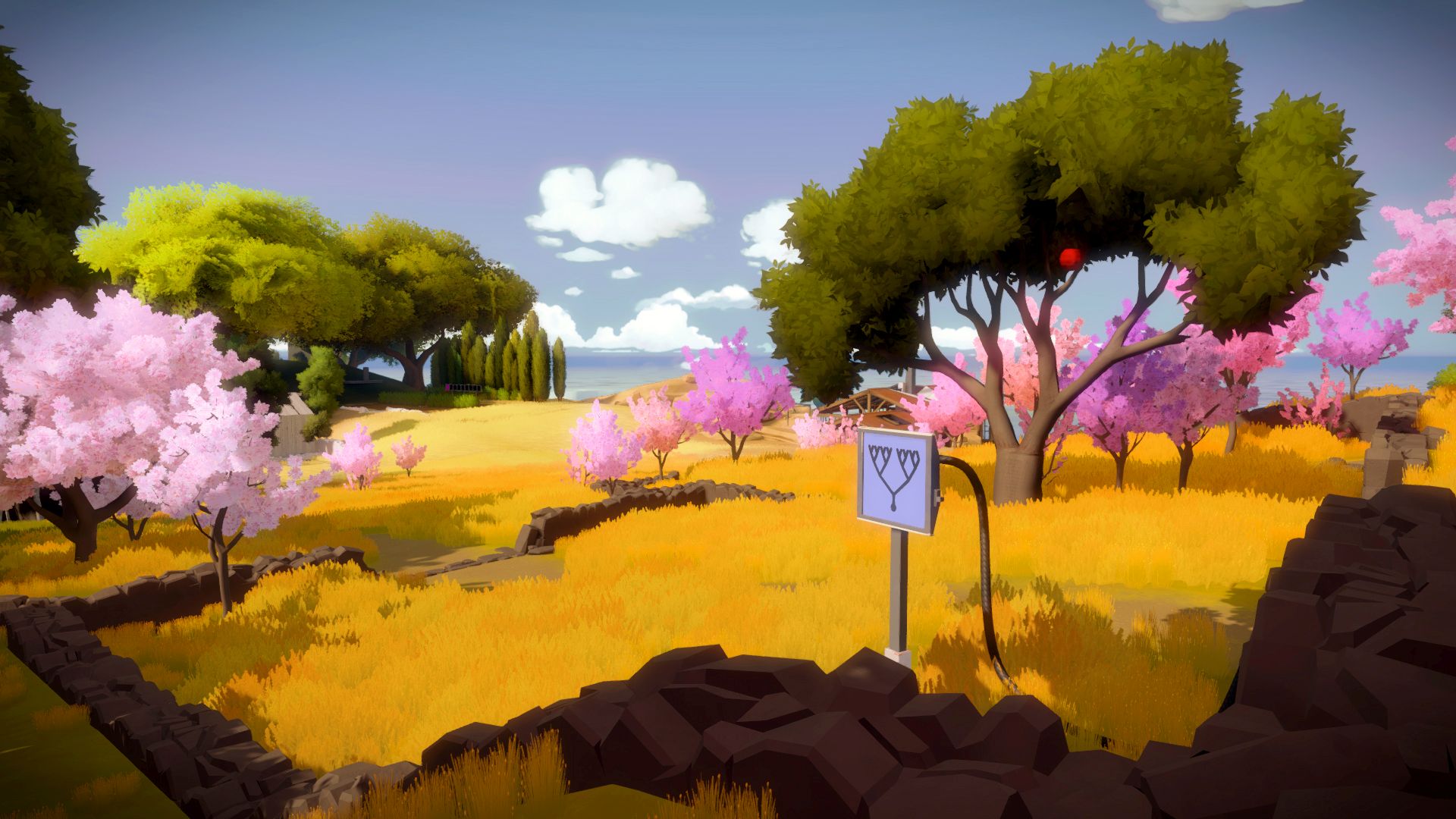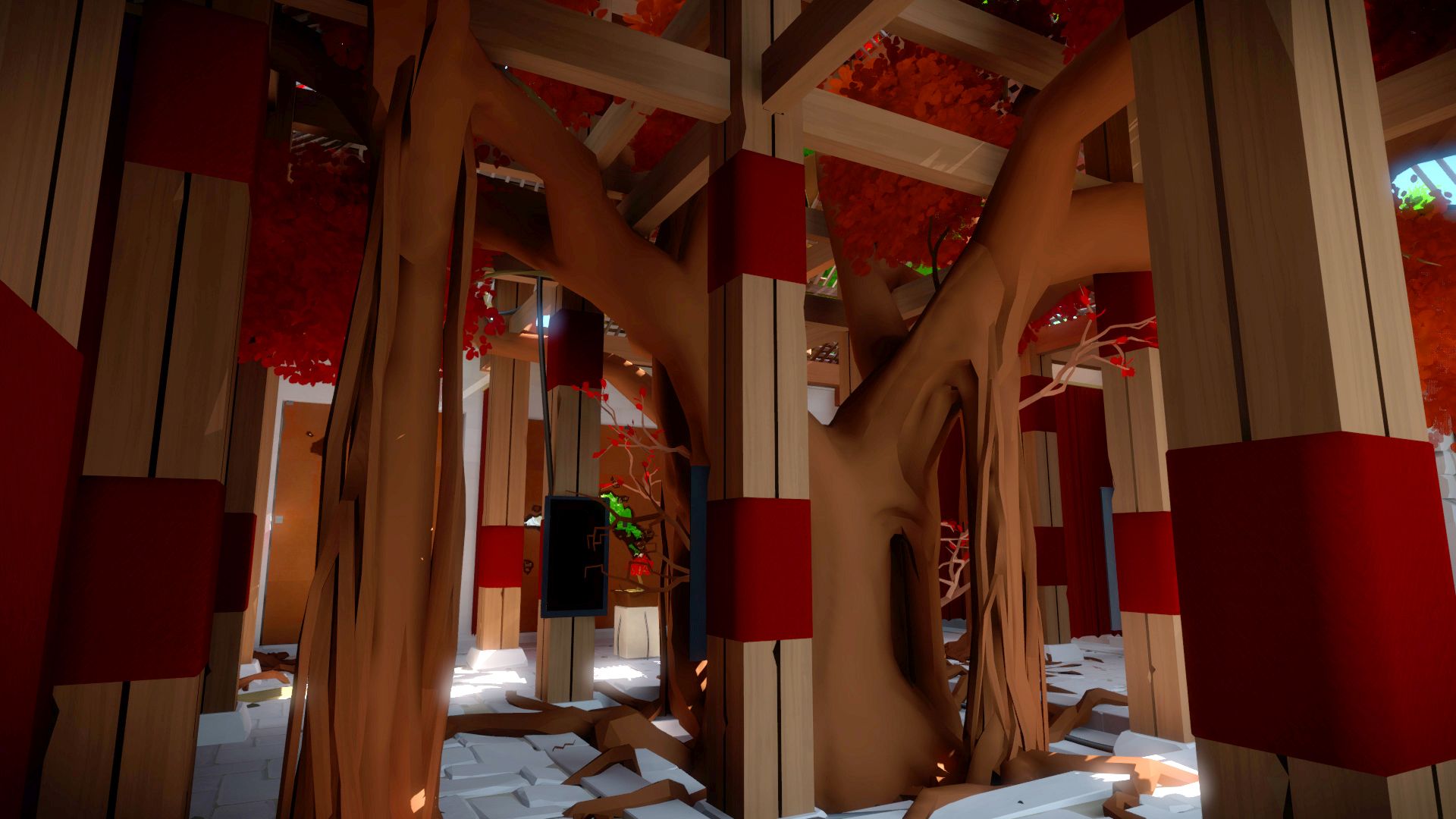The Witness: clever puzzling from the creator of Braid

Drop me on most uninhabited islands and my total lack of survival skills will render me dead inside three days. I don’t know how to start a fire or build a competent shelter. I can’t hunt. I’m clueless about the differences between an edible mushroom and a poisonous one, and even if I knew I’d probably keel over from an allergic reaction.
But an island full of puzzles? I’ve been prepared for that ever since losing myself to Myst in the ’90s. I can deal with puzzles, especially when they all appear to take the form of tracing a line through empty grids as they do in The Witness.
Jonathan Blow’s successor to Braid has been a long time coming. It’s existed in a playable form since 2011, with Blow and his team able to test the mechanics at all times while building the island around them and adding more complex puzzles to the core experience. But it’s taken until now, and a recent public showing on PS4, to fully understand how the seemingly simple mechanics coalesce.
The biggest question mark looms over puzzle variety. I was initially disappointed to learn that almost every puzzle involves tracing lines through electronic panels. That’s potentially 677 line-tracing conundrums—the number revealed by a recent ‘Puzzle Complete’ milestone, although some may yet be culled. The direction seemed needlessly restrictive. Drawing lines through grids doesn’t just sound unglamorous, it sounds dull—and certainly not an idea deep enough to sustain an entire adventure.

30 minutes of game time later and it’s clear my doubts were misplaced. The Witness is a simple game at heart, one involving no item ferrying and no inventory management. I slowly pick my way through a quiet island and simply interact with electronic screens to open doors and manipulate the world. And I’m transfixed. The puzzles are more inventive than I could have imagined, and labelling them as simply ‘drawing lines through panels’ is akin to lumping every Braid feature under a ‘rewinding time’ banner.
The first five minutes are spent playing with simple grids—I begin my puzzle pathways on large nodes and wind my way past dead ends until I hit the finish points: small notches poking out of the sides of the grids. The grids grow larger, and the routes more complex. some panels powering cables when completed to help me power-down a force-field and escape the small tutorial area. From this point forward progression is entirely non-linear. I can go where I please, attempting any puzzle I like, and the island’s myriad sights—serene lakes, secret brooks, autumnal forests, mountains, ruins, misty swampland and plenty more—all promise wonders.
The puzzles are more inventive than I could have imagined.
A bunker’s giant steel door catches my eye but its labyrinthine design, peppered with dots, black and white blobs, and even multiple start points, soon scares me off. A short walk later a series of gentler puzzles proves to be more inviting. The first puzzle is a basic stack of two squares, its pathways no different to a number eight on a digital clock. The starting point’s on the middle left, the finish on the middle right and there’s a black blob in the top square and a white blob in the bottom—a single swipe across brings success.
The biggest gaming news, reviews and hardware deals
Keep up to date with the most important stories and the best deals, as picked by the PC Gamer team.
A sequence of similar puzzles, all slightly larger than before, eventually teach me the ruleset: as well as hitting the exit, my line must keep the black and white areas separate. Nearby, another line of puzzles teaches me more rules, this time that I must ‘tag’ every grey blob in the grid with my snaking line, and with this info I find I’m now equipped with everything I need to unlock the earlier steel door. I open it to find a lockbox containing cryptic maps. In the space of five minutes I’ve been taught to decipher quite a complex construct.

And still that’s child’s play compared with what’s to come. When I go for a short walk, a panel that looks like multiple ‘Y’s converging on one spot doesn’t make much sense—until I look around, that is, and discover a tree close by with familiar branch patterns and a single apple hanging from a limb. Later still, a panel at the end of a hedge maze has no solution until I trace the path I’ve just walked, and trigger its unlock mechanism. Soon panels with multiple coloured blobs appear—which don’t correlate to any nearby feature – and others with groups of tiny squares trapped inside. The numbers of these squares must equal the total number of bigger squares I trap inside the boundaries my winding line creates on its path to the panel’s exit.
I solve fewer than 30 puzzles in all, each one growing more complicated, every new area bringing new ideas and mechanics into play. I don’t know what the other 647 puzzles hold for me, but I’ll happily fight anyone bemoaning that they’re ‘just’ electronic mazes.

